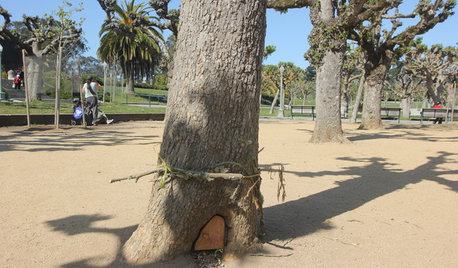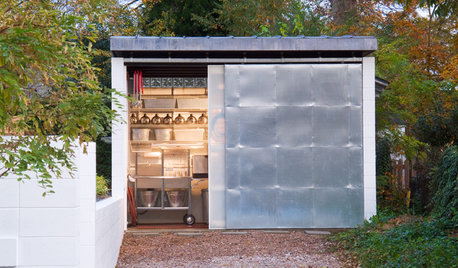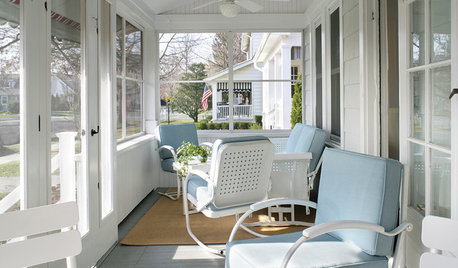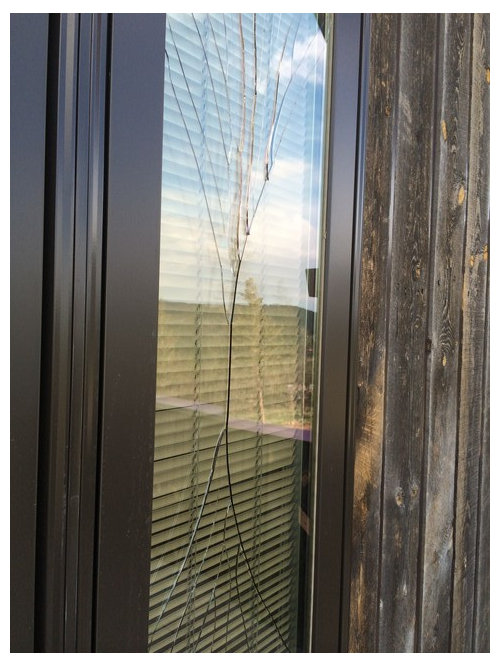Why Did this Window Break?
Busterlode
9 years ago
Featured Answer
Sort by:Oldest
Comments (21)
Windows on Washington Ltd
9 years agoBusterlode
9 years agoRelated Professionals
Crestwood Window Contractors · Granite City Window Contractors · Ruskin Window Contractors · Tamiami Window Contractors · Fairview Shores Window Contractors · Webster Groves Window Contractors · Yeadon Window Contractors · Bel Air North Interior Designers & Decorators · Fridley General Contractors · Norridge General Contractors · Riverdale General Contractors · Saint Andrews General Contractors · La Grange Carpenters · Matteson Carpenters · Sunset Carpentersmillworkman
9 years agoBusterlode
9 years agoWindows on Washington Ltd
9 years agooberon476
9 years agoBusterlode
9 years agoWindows on Washington Ltd
9 years agoTrapper1
9 years agoBusterlode
9 years agooberon476
9 years agoTrapper1
9 years agonicksut
8 years agoWindows on Washington Ltd
8 years agonicksut
8 years agoWindows on Washington Ltd
8 years agonicksut
8 years agonicksut
7 years agolast modified: 7 years agomillworkman
7 years agooberon476
7 years ago
Related Stories

BUDGETING YOUR PROJECTHouzz Call: What Did Your Kitchen Renovation Teach You About Budgeting?
Cost is often the biggest shocker in a home renovation project. Share your wisdom to help your fellow Houzzers
Full Story
FUN HOUZZDid Elves Make a Home in a San Francisco Park?
Speculation has swirled around a Lilliputian doorway in Golden Gate Park. We give you the true story — and a design dilemma
Full Story
OUTBUILDINGSHow They Did It: A Translucent Toolshed in North Carolina
We take a closer look at the design details of a small, contemporary and multipurpose backyard shed
Full Story
KITCHEN DESIGNBreaking Out of the Kitchen Work Triangle
Keep the efficiency but lose the rigidity with kitchen designs that don't box you in
Full Story
LIFEHouzz Call: How Are You Handling the Record-Breaking Cold?
Share your tales, strategies and photos for everything polar vortex
Full Story
DECORATING GUIDES7 Design Rules and Why You Should Break Them
Think tile is only for kitchens and bathrooms? Art should hang at eye level? Time to consider breaking these old rules
Full Story
GREEN BUILDINGThe Big Freeze: Inventors Break New Ground to Keep Things Cool
Old-fashioned fridges can be energy guzzlers, but there are more eco-friendly ways of keeping food fresh, as these global innovations show
Full Story
MOST POPULARA Fine Mess: How to Have a Clean-Enough Home Over Summer Break
Don't have an 'I'd rather be cleaning' bumper sticker? To keep your home bearably tidy when the kids are around more, try these strategies
Full Story
GARDENING GUIDES4 Ways to Break the Rules in Your Garden
For a more creative landscape design, take a different approach to planting
Full Story
HOUZZ TOURSHouzz Tour: A Jersey Shore Beach House Breaks Free
Shedding its dismal and oppressive rooms for a gloriously radiant outlook, this weekend home finds the light
Full Story








Windows on Washington Ltd